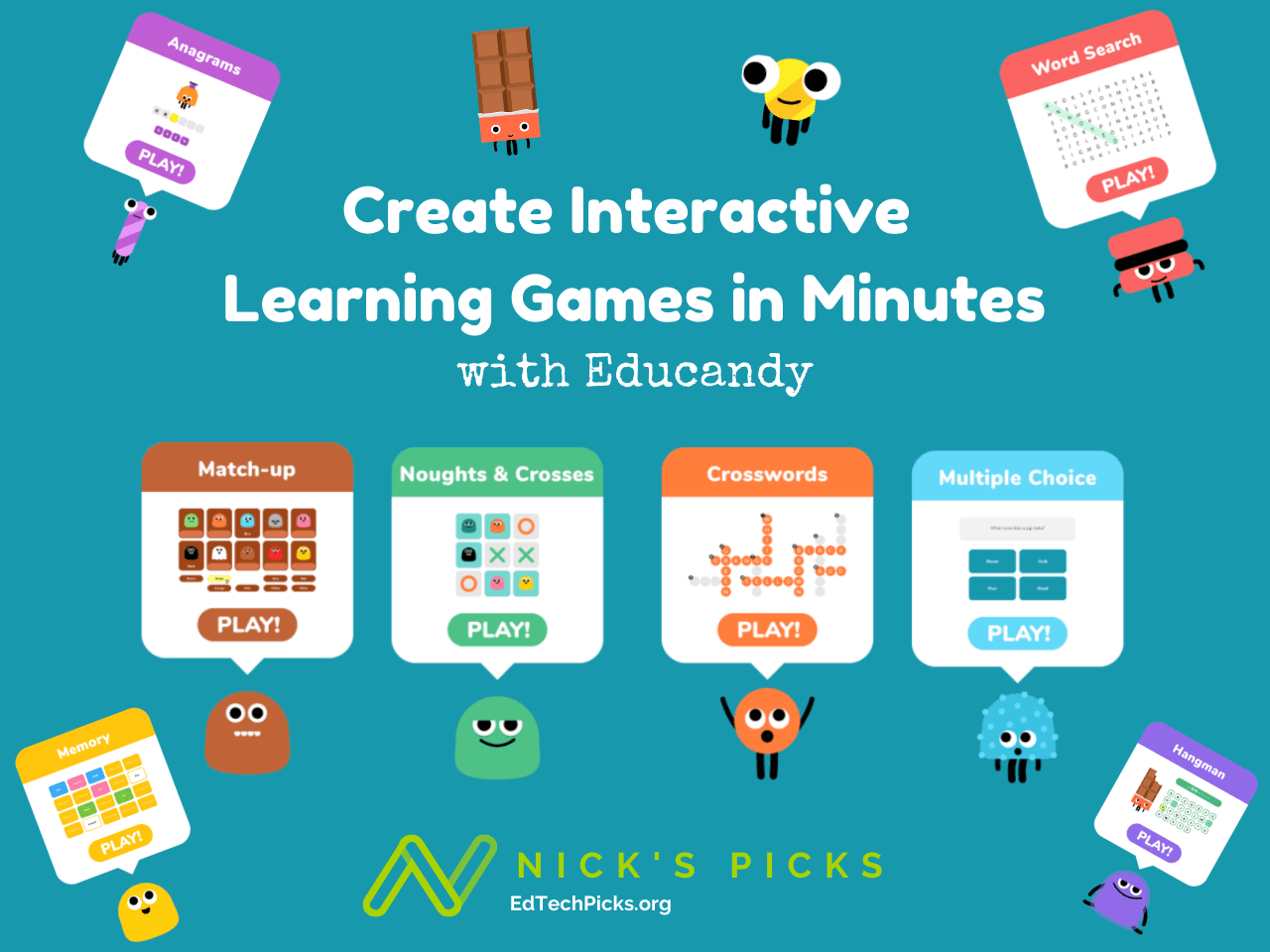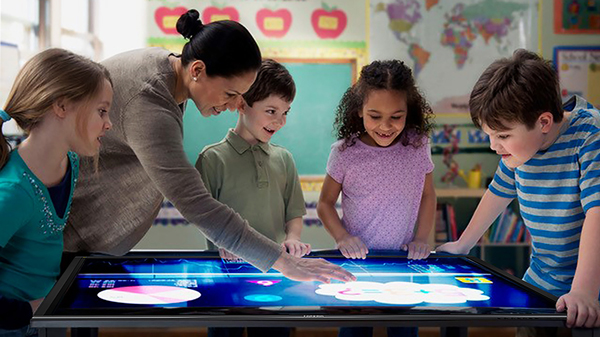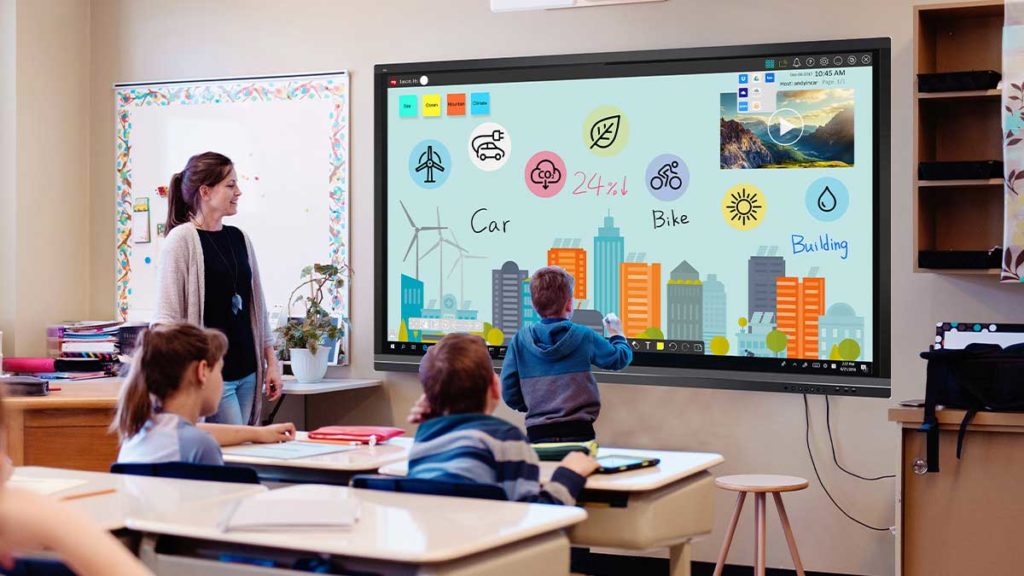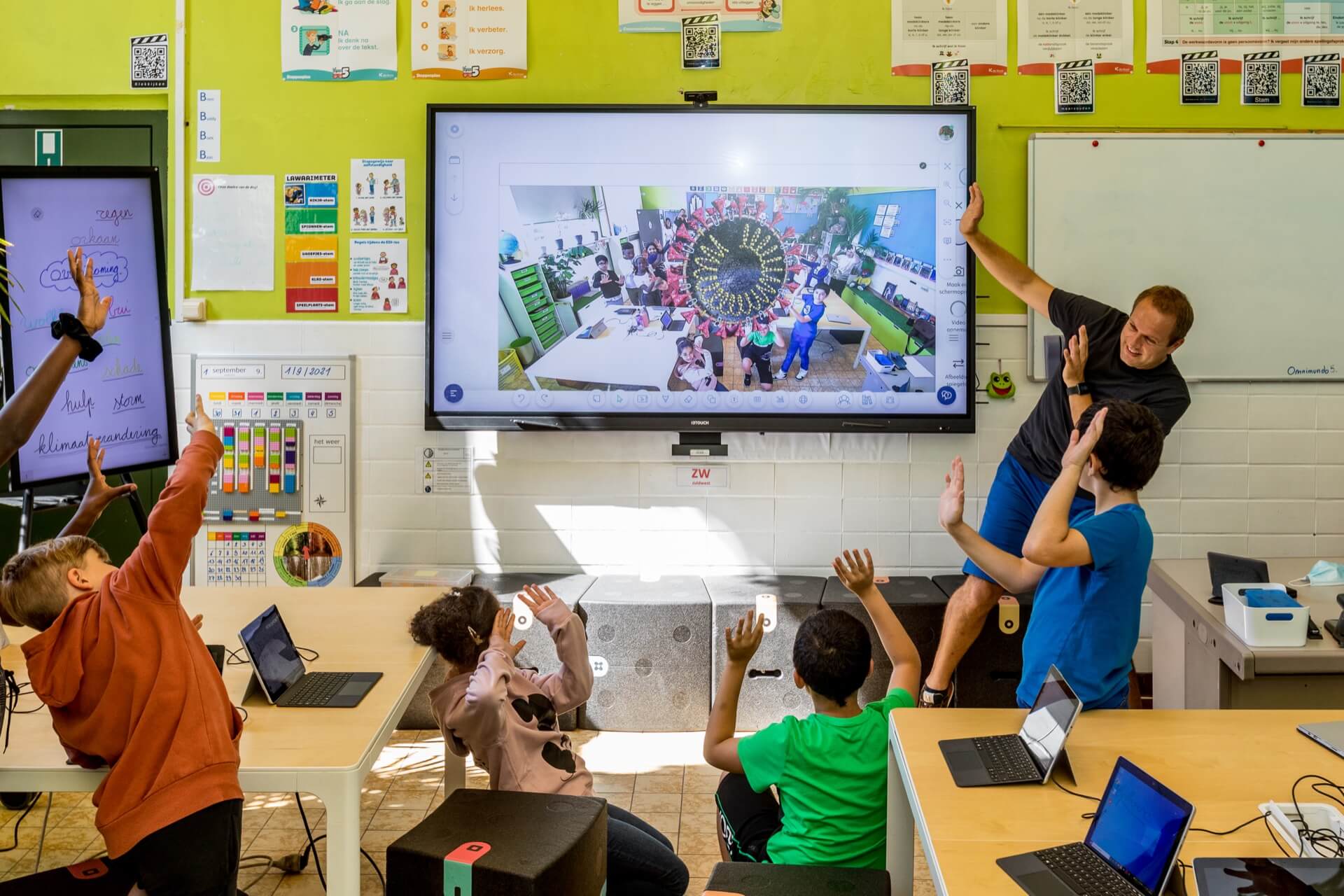Engaging The Modern Learner: The Rise Of Interactive Educational Games
Engaging the Modern Learner: The Rise of Interactive Educational Games
Related Articles: Engaging the Modern Learner: The Rise of Interactive Educational Games
Introduction
In this auspicious occasion, we are delighted to delve into the intriguing topic related to Engaging the Modern Learner: The Rise of Interactive Educational Games. Let’s weave interesting information and offer fresh perspectives to the readers.
Table of Content
Engaging the Modern Learner: The Rise of Interactive Educational Games

The educational landscape is undergoing a significant transformation, driven by the increasing accessibility and influence of technology. In this dynamic environment, traditional methods of instruction are increasingly being complemented, and in some cases even replaced, by innovative digital tools. Among these tools, interactive educational games are emerging as a powerful force, captivating students and fostering a deeper understanding of complex concepts.
The Evolution of Educational Gaming
The concept of using games for learning is not entirely new. Educational games have existed for decades, from board games designed to teach basic math and reading skills to computer programs that simulate real-world scenarios. However, the advent of the internet and the proliferation of mobile devices has ushered in a new era of educational gaming, characterized by:
- Accessibility: Online games can be accessed from virtually any location with an internet connection, eliminating the need for expensive software or dedicated hardware.
- Interactivity: Online games often feature dynamic gameplay, encouraging active participation and immediate feedback, enhancing engagement and understanding.
- Customization: Many online games offer customizable settings, allowing educators to tailor the experience to specific learning objectives and student needs.
- Data Collection and Analysis: Advanced online platforms can track student progress, providing valuable insights into individual learning styles, strengths, and areas for improvement.
Kahoot! – A Leading Example of Interactive Educational Games
Kahoot!, a popular online platform launched in 2013, exemplifies the potential of interactive games in education. It allows educators to create engaging quizzes, polls, and surveys that students can answer on their own devices. The platform’s gamified approach, featuring leaderboards, points, and timed challenges, fosters healthy competition and encourages active participation.
Beyond Kahoot!: A Diverse Landscape of Educational Games
While Kahoot! has achieved significant popularity, it is just one example of a rapidly expanding landscape of online educational games. Other platforms like Quizizz, Blooket, and Gimkit offer similar features, catering to different learning styles and subject areas. These platforms have become integral tools for educators seeking to:
- Enhance student engagement: The interactive nature of these games makes learning more enjoyable and less passive, leading to increased student interest and motivation.
- Reinforce learning: Games provide a fun and engaging way to review and reinforce concepts learned in traditional classroom settings.
- Promote collaboration: Many platforms allow for team-based gameplay, fostering communication, teamwork, and problem-solving skills.
- Assess understanding: Games can be used to assess student comprehension in a dynamic and engaging manner, providing real-time feedback and identifying areas for further instruction.
Beyond Quizzing: Expanding the Scope of Educational Games
While quiz-based games like Kahoot! are popular, the scope of educational games extends far beyond simple knowledge recall. Games can be designed to teach a wide range of skills and concepts, including:
- Critical thinking and problem-solving: Games that require players to strategize, analyze situations, and make decisions can develop essential critical thinking skills.
- Creativity and innovation: Games that encourage players to design, build, or create can foster creativity and innovation.
- Collaboration and communication: Games that require teamwork and communication can enhance interpersonal skills and collaboration abilities.
- Digital literacy and technology skills: Games that involve coding, programming, or digital design can introduce students to valuable technology skills.
Harnessing the Power of Educational Games: A Guide for Educators
Integrating educational games into the classroom requires careful planning and consideration. Here are some tips for educators looking to effectively leverage these tools:
- Align games with learning objectives: Ensure that the chosen game aligns with specific learning outcomes and curriculum standards.
- Introduce games strategically: Integrate games as a supplement to traditional teaching methods, rather than relying solely on them.
- Set clear expectations: Communicate the purpose and goals of the game to students, ensuring they understand the learning objectives.
- Monitor student progress and engagement: Track student participation, performance, and feedback to ensure the game is effectively contributing to learning.
- Encourage reflection and discussion: After playing a game, encourage students to reflect on their learning experiences and discuss key takeaways.
- Embrace the potential for personalization: Explore different game platforms and formats to find those that best suit the specific needs and interests of students.
Addressing Concerns and Common Questions
While educational games offer numerous benefits, it is important to address potential concerns and common questions:
Q: Are educational games just a form of entertainment?
A: While educational games can be fun and engaging, they are designed with specific learning objectives in mind. They are not simply for entertainment, but rather tools that can effectively enhance learning and skill development.
Q: Can educational games replace traditional teaching methods?
A: Educational games are best used as a complement to traditional teaching methods, not a replacement. They can enhance learning and engagement, but they are not a substitute for direct instruction and teacher-led activities.
Q: Are educational games suitable for all students?
A: Different games appeal to different learning styles and interests. It is important to choose games that are appropriate for the age, skill level, and learning objectives of students.
Q: How can I ensure that students are learning from educational games?
A: By aligning games with learning objectives, monitoring student progress, and encouraging reflection and discussion, educators can ensure that games are effectively contributing to student learning.
Conclusion: Embracing the Future of Education
Interactive educational games are a powerful tool for engaging students, fostering deeper learning, and preparing them for the demands of the 21st century. By embracing these innovative technologies, educators can create a more dynamic, engaging, and effective learning environment for all students. As technology continues to evolve, we can expect to see even more innovative and effective educational games emerge, further transforming the landscape of education and empowering students to reach their full potential.








Closure
Thus, we hope this article has provided valuable insights into Engaging the Modern Learner: The Rise of Interactive Educational Games. We hope you find this article informative and beneficial. See you in our next article!